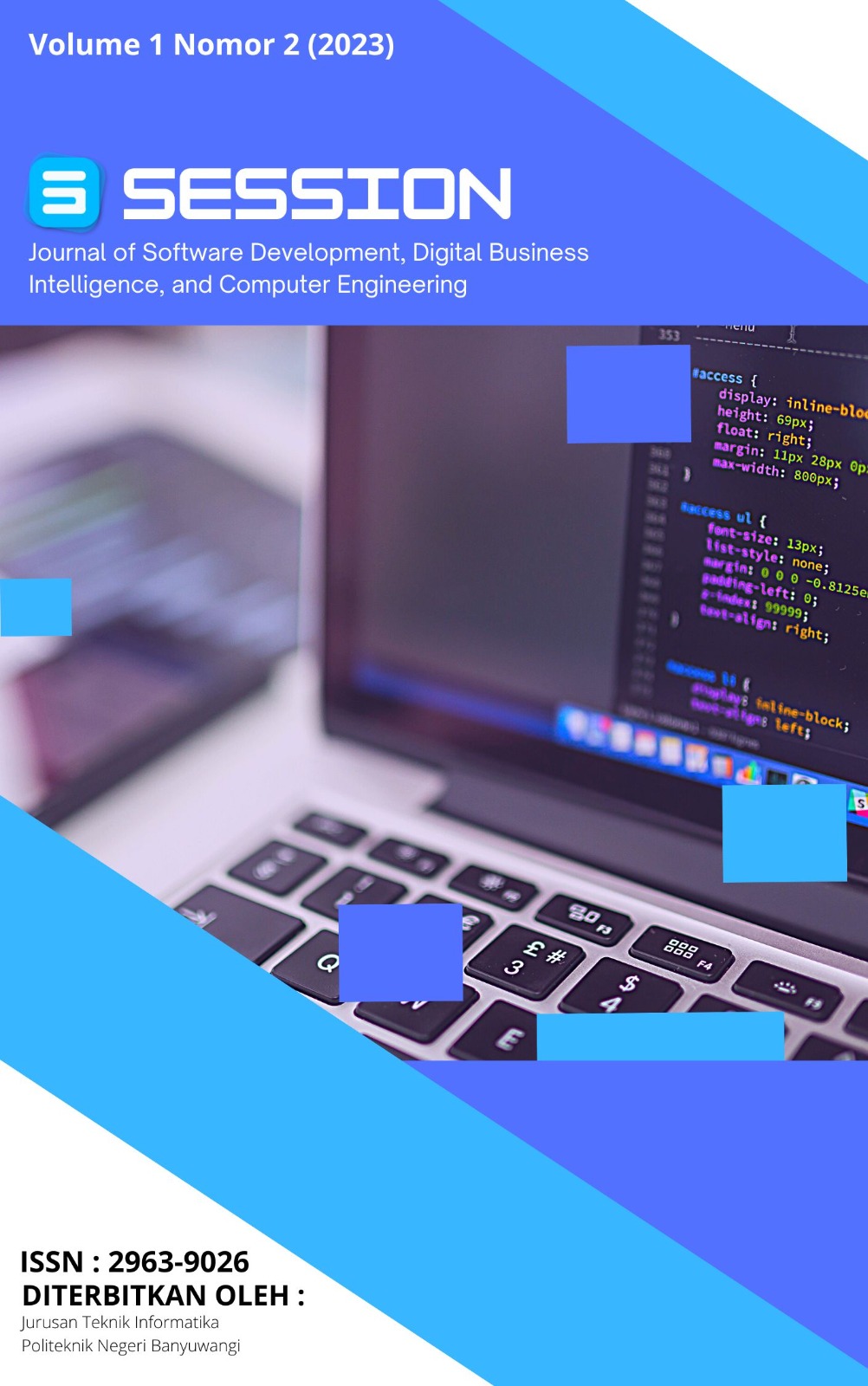Design Thinking: Metode Perancangan Aplikasi Bapeling Dalam Penanganan Sampah Berbasis Sumber Provinsi Bali
DOI:
https://doi.org/10.57203/session.v1i02.2023.41-48Kata Kunci:
TPS 3R, Design Thinking, Traditional VillageAbstrak
Towards the New Era of Bali, the provincial government of Bali is moving to make Bali free from piles of garbage. Through Governor Regulation Number 47 of 2019 concerning Source-Based Waste Handling. Waste management is carried out from the smallest level of the adat village/village or kelurahan. Innovations in recording from waste banks which are still recorded manually are now being designed with a website-based application that can assist the management of TPS 3R. The method used to analyze community needs for digital innovation is carried out using a qualitative approach and the concept of design thinking. The stages in design thinking are empathize, define, ideate, prototype, and test. Based on the results of the analysis, it was concluded that the application that can be applied to assist TPS3R's performance in managing waste is in the recording and reporting section that is carried out in each village. Source-based waste management is expected that the community can independently manage and sort their waste, for recycled waste collected at the village waste bank. This digital innovation is called "Bali Peduli Lingkungan” or Bapeling. Bapeling is an application that is designed to function as an educational tool, to support the performance of TPS3R officers, to assist the Forestry and Environment Service government in tracking waste records that have been collected by TPS3R, as well as a buying and selling place that can improve the economy of the Balinese people. From the results of this analysis and design, it is hoped that at a later stage it can be implemented in the form of an appropriate website design and utilized directly by the community.
Unduhan
Diterbitkan
Terbitan
Bagian
Lisensi
Hak Cipta (c) 2023 Afdan Syukron; Indria Trisni Puspita; Dodi, Elvina, Martasya, Wulan, Edo, Nining, Avi, Alfanosa, Alvin, Ni Nyoman Era Jumantini

Artikel ini berlisensi Creative Commons Attribution 4.0 International License.







